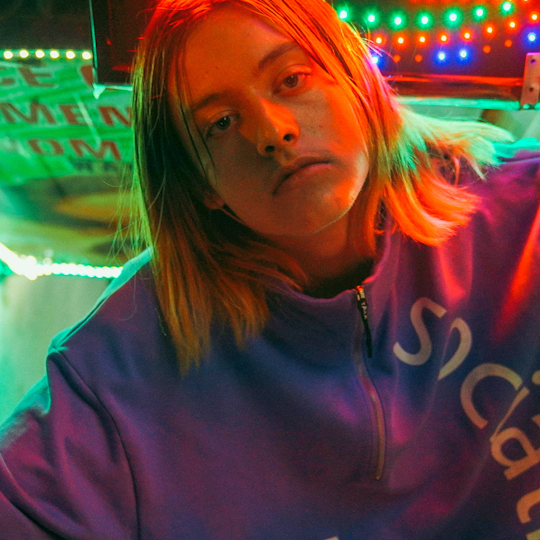Maker Series - Chapter 49
New York: New Area Unlocked
Tang Tian, Filmmaker, USA
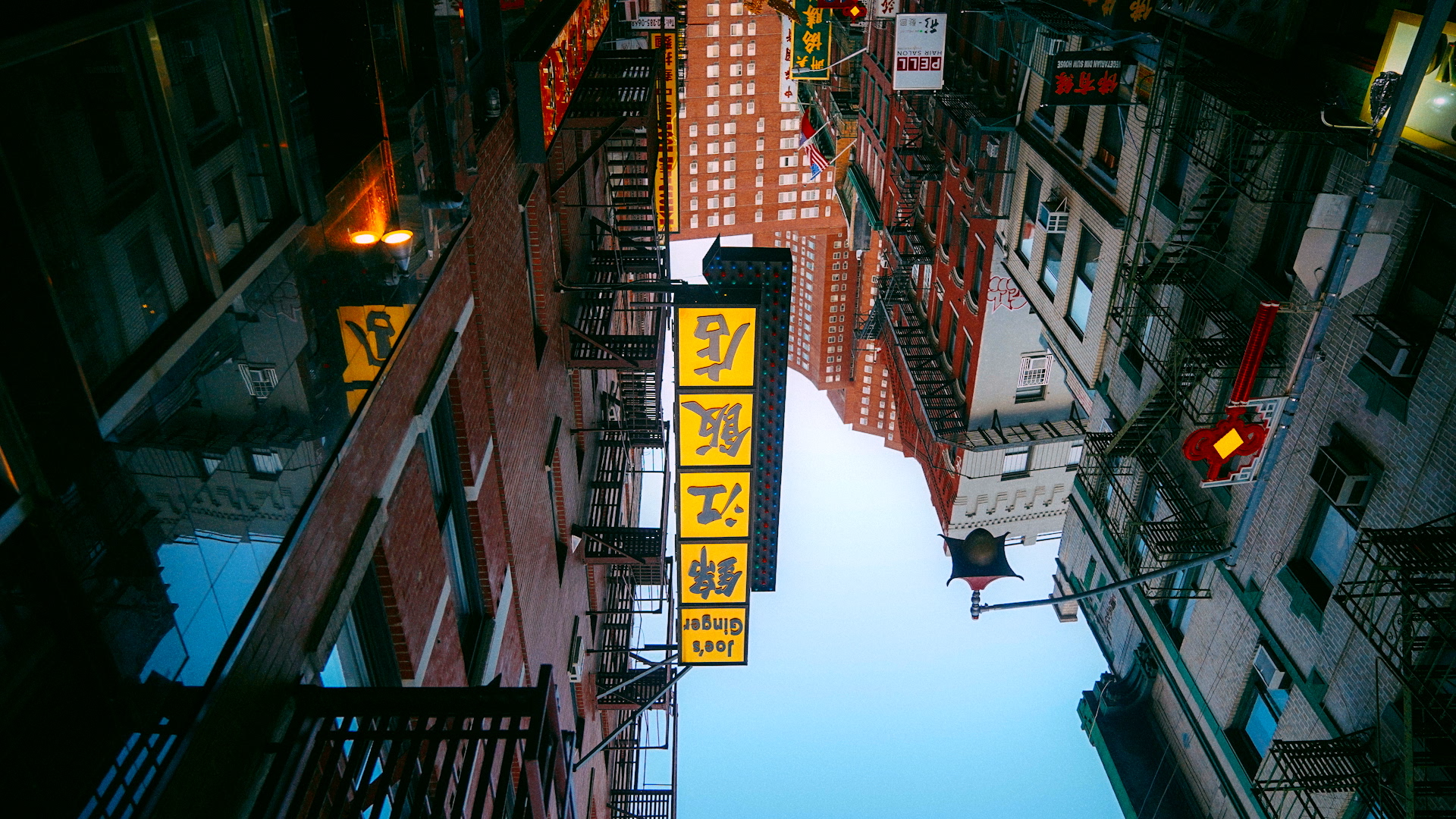
Fabrik: Firstly Tian, we’re very excited to have you join our maker series, so before we talk about ‘Create The Fun’, tell us a bit about yourself.
Tian: "I am a New York City-based video director, specialising in creative direction, videography, and editing for brands, artists, and individuals across fashion, music, art, and culture; I'm also an independent filmmaker and am currently in the development stage of my first feature documentary film."
Fabrik: So you’re a director, an editor and in a number of your projects a videographer too - Do you prefer to work across all areas of a production?
Tian: "I enjoy working in various spectrums across a production. It’s not necessarily a preference, but more a practical choice driven by circumstances.
In my mid 20s, while working in the film and TV industry in Beijing, China, I had this urge to see the world, so I moved across the globe to New York City. I faced the challenge of establishing a career in a new country—an ongoing process to this day. Living just enough for the city, I had to seize any video production and editing opportunities that came my way. This often required me to wear multiple hats and be deeply involved in various aspects of production to solve problems. Today, I've learned to select projects carefully."
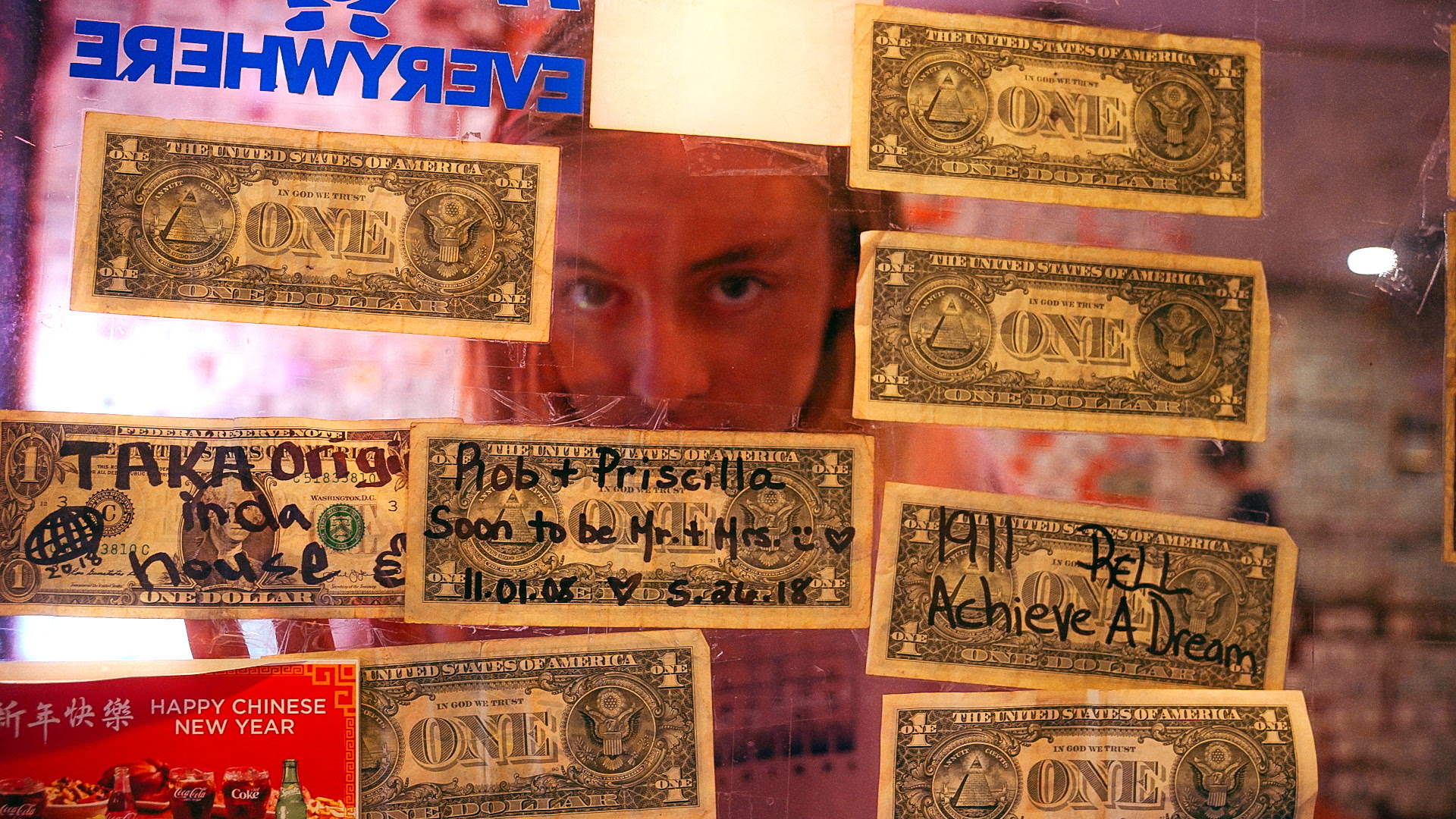
Fabrik: ‘Create The Fun’ is a masterclass in editing - how did the idea come about?
Tian: "The idea came about during the process of making it. The curator of Taka Original, an independent streetwear brand, reached out with the simple directive: to embody their ethos, “create the fun,” in a video.
I didn’t have a script to follow or a structure going into the production. I had an idea of the look I wanted, the neighbourhoods and locations I wanted to photograph, the attitude I needed from the actor.
The major influence over the idea came from the realisation I wasn’t going to be able to work with a film crew. I needed to construct a piece of video that I could rely on my skills as a photographer and editor. The brand and I shared references but for the most part they put their trust in me to execute and I took their ethos and ran with it. Allowing for a production that could be fluid, adaptable and improvisational. Being in control of the edit allowed me to shoot this freely with confidence that I can mold my material and thread together a visual narrative."
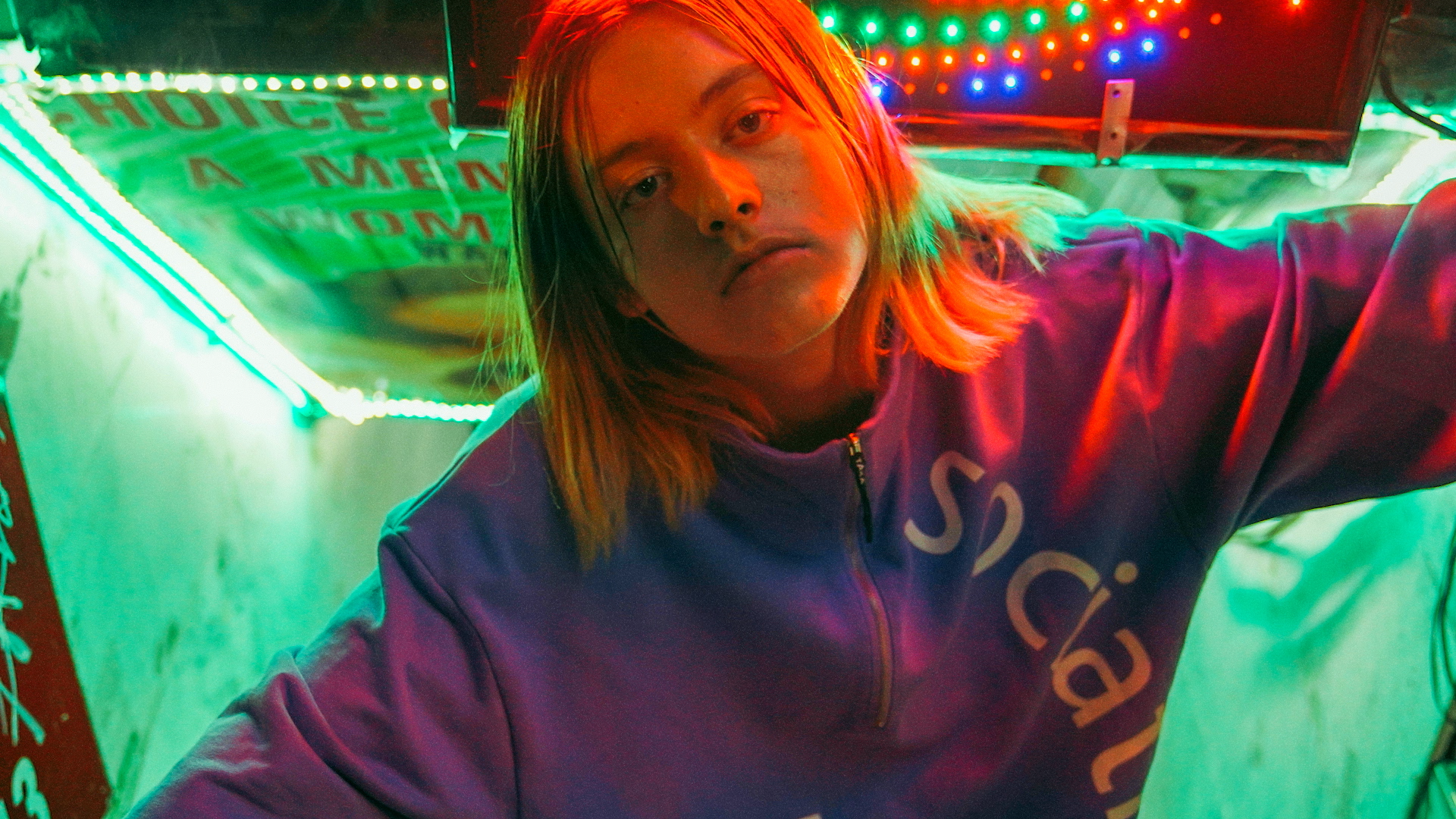
Fabrik: Okay, so, 20,000 photos; this project has such a nostalgic and an analogue quality, did you achieve this through editing digital images, or did you stomach the cost of getting 20,000 photos developed?
Tian: "There was never any doubt about doing it digitally. Although I adore film, this medium was not practical or economical for this project. My background in still photography and comfort with the Sony camera made it easy to commit to constructing the entire video from a burst of digital still images.
Working with digital still images appealed to me because of the extra resolution I could play with in post, compared to video camera codec and resolution. The burst shooting quality, not only giving it a stop motion like look, but also softened the handheld quality of the camera work, allowed me to be more free with the camera on set."
Fabrik: What were the images shot on?
Tian: They were shot on a Sony A7III with a Sony 24-70mm F2.8 GM lens, handheld, on continuous shooting mode, Raw file.
Fabrik: Considering the film is inspired by the ‘immersive experience of a video game character entering and exploring a newly unlocked map area’, did you take inspiration from any specific video games when it came to the overall project?
Tian: "I guess it's RPG games in general. Growing up in the 2000s as a young teen, I was obsessed with RPG games. Aside from levelling up and collecting cool equipment, my favourite thing was exploring a new map area as it emerged from the darkness. You'd walk through every nook and cranny of a town, interact with NPCs, and even encounter an occasional system glitch that required a game restart—all part of the fun.
Reflecting on this, it's also interesting that the actor's mix-matched costume seemed reminiscent of how one starts a game, donning whatever equipment is available at hand.
NYC neighbourhoods can serve as excellent settings for video game map areas, each existing as its own contained little world. Being Chinese and very familiar with Manhattan's Chinatown—its chaos, colours, smells, and lights—I recognised it would make a fantastic urban setting in a game, something strange and intriguing for a global audience."
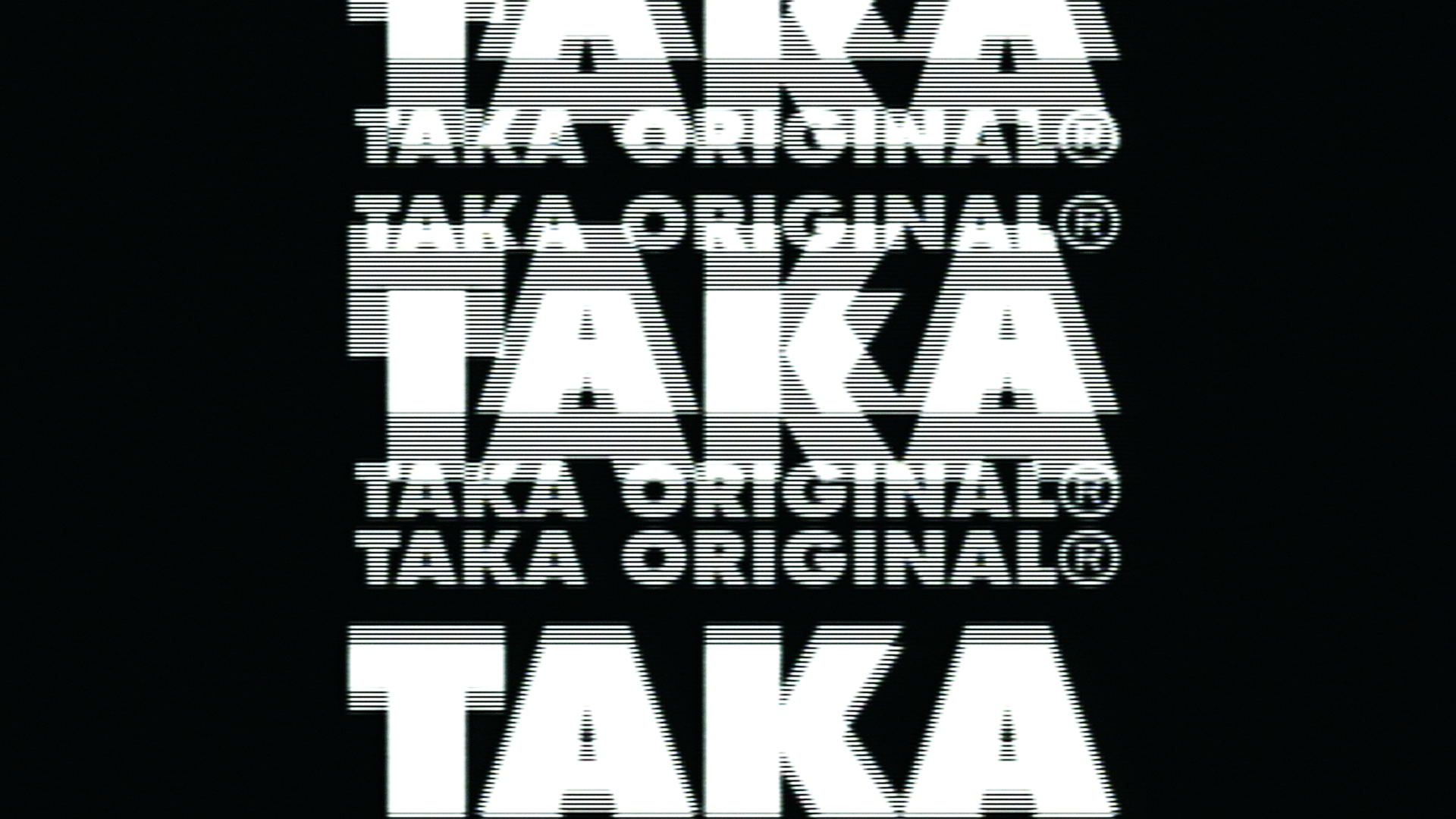
Fabrik: Concerning your edit, dare I ask, how messy was your timeline?
Tian: "My timeline is actually quite organised, but before reaching that point, I often go through multiple attempts to start a new timeline and end up scrapping it halfway, until I find the right rhythm.
Editing involves both conscious and subconscious elements. The rational part of editing includes organising, tagging, making small connections, and building a basic structure. At this stage, the timeline can appear quite messy. Then, the subconscious-driven sessions come into play. After a few unsuccessful attempts, the timeline suddenly comes together as a whole, and it looks quite neat. However, it often takes many more hours of battling procrastination to reach a productive session like that.
For this specific project, I organized all the still photos into video shots to make editing in Premiere more convenient. When it comes to color grading, shooting still images allowed me to grade the project in Lightroom rather than Davinci Resolve. This provides an additional layer of freedom in the color grading process, and we're dealing with much higher pixel quality thanks to shooting in RAW photo format."
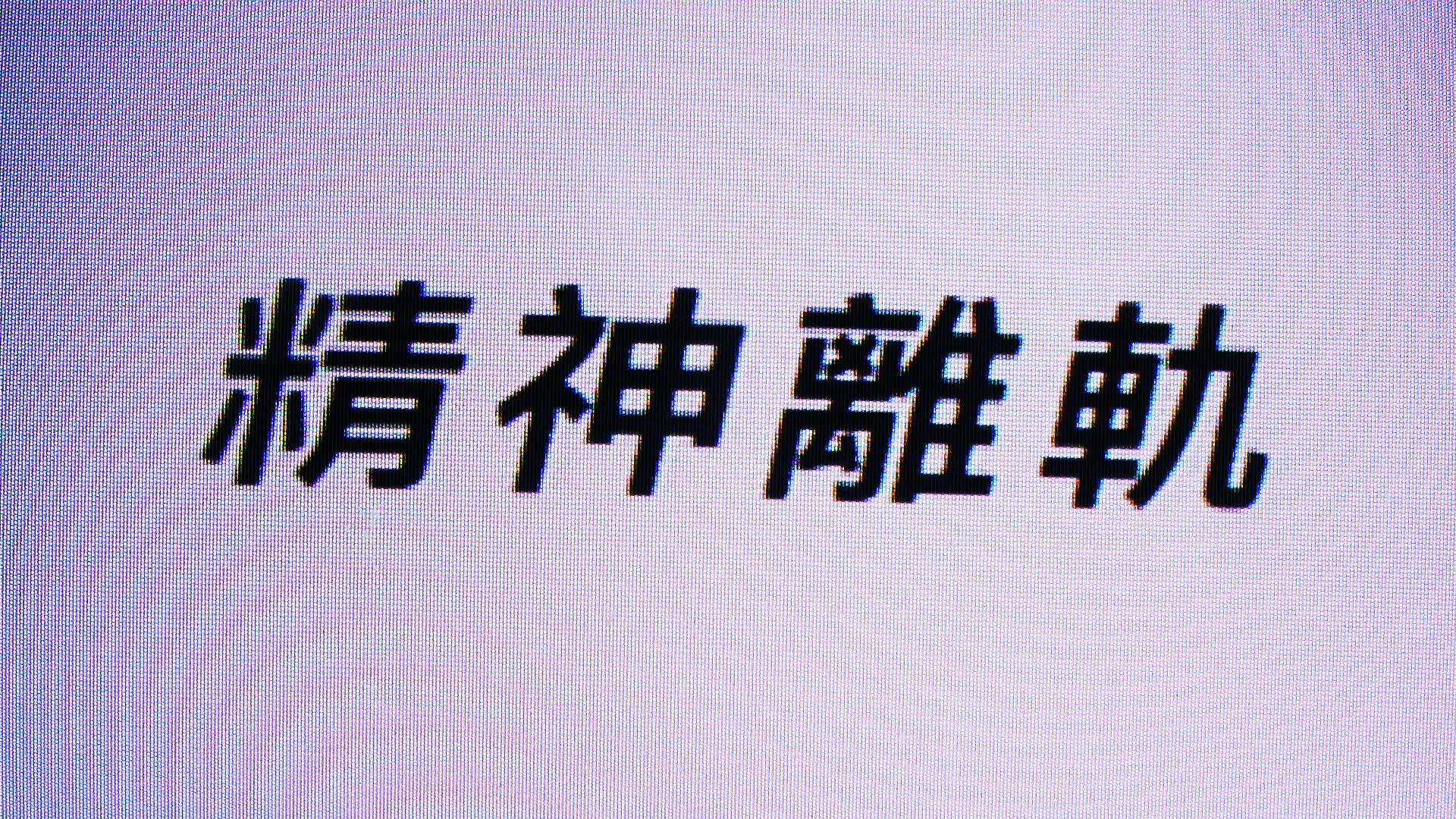
Fabrik: This project is filled with some incredible retro typography and kinetic effects, What’s your preferred software to achieve this sort of effect?
Tian: "It’s achieved through a 2 step process. First using After Effect and modifying templates to create the type. Then running the video through analog effects pedals and capturing the composite feed.
Working with templates is like sampling music. With just some basic After Effects experience, you can analyze and modify animations created by talented animators from around the world. The tricky part is the hunting stage, sifting through countless video asset sites until you find the one that will work.
I also had help from my collaborator at Bottling Company, Adam Thomson, who specializes in creating analog video effects. He contributed a couple sessions, using the Korg Kaos Pad Video Entrancer effects box to create the analog manipulation."
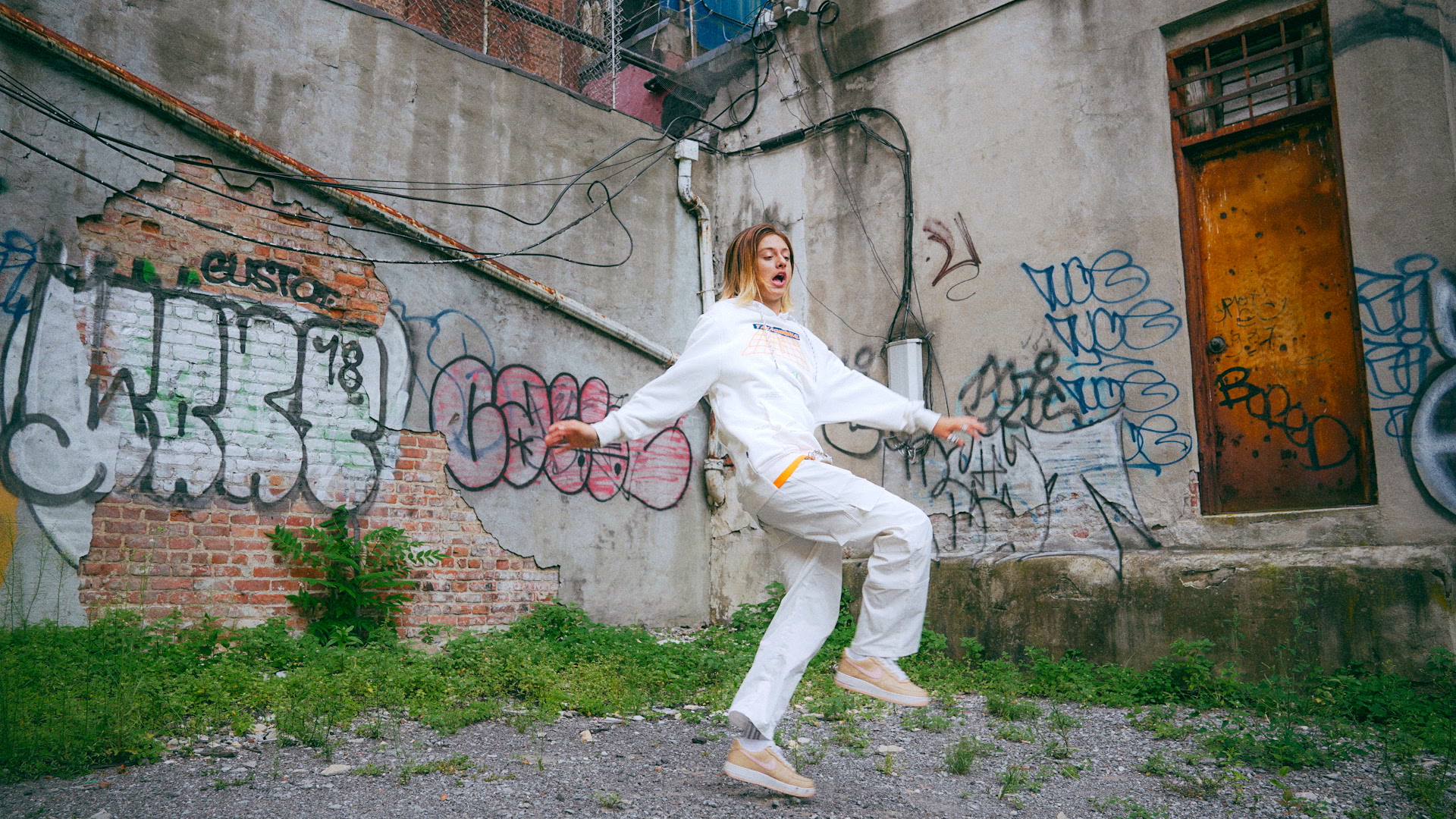
Fabrik: Well, we loved this concept and can’t wait to see where you go, can you give us any insight as to what’s next for you?
Tian: "Well, I'm afraid I can't reveal any specific details about upcoming projects just yet, but let's just say that there are some exciting things in the pipeline."
Final question. We look forward to whatever's coming! What made you decide to set up your portfolio site with Fabrik?
Tian: "I was searching for alternative solutions to build a new portfolio site, which was quite a long journey.
I tried to build a site from scratch, watched a ton of tutorials about UI/UX design, hired a developer on Upwork. Nevertheless, I put a lot of effort into it, but it always felt like something wasn’t right. That site was online for less than a day before I pulled it down after I noticed imperfections between desktop, mobile, and different browsers.
I started looking into alternatives website builders, panicking.
Building a website as an artist is hard - not just the technical part, but the emotional journey it forces you to take as you reflect on your body of work and the life you experienced getting to this point. Forcing you to judge your work, look hard in the mirror so to speak. Designing this website also overlapped with the 7th year anniversary of moving to New York City from China and all the emotion that brings. Stumbling upon a webpage on Fabrik, showcasing a list of examples of filmmaker portfolios, I became inspired.
Almost like an invisible push behind my back, in about three days, I was close to having a new portfolio website.
However, I still needed to create another page dedicated to my current documentary project, involving some more specific yet simple video and text design. However, the JavaScript generated by AI didn’t really work, so I reached out to Help & Support for the first time. To my surprise, the little web chat window connected me to a real human being, not a robot.
I enjoy the unique concept of portfolio features on Fabrik, it works great for multi-disciplined artists. It inspires me to organize and present more creative work, and play with it."
Get In Condition
We're always keen to see what you've created. Follow our social feeds and tag your new work with #onfabrik when you're ready to show it to the world. Apologies; we can't add spec work, ads or commercial content to our Maker or Conditioner series.
